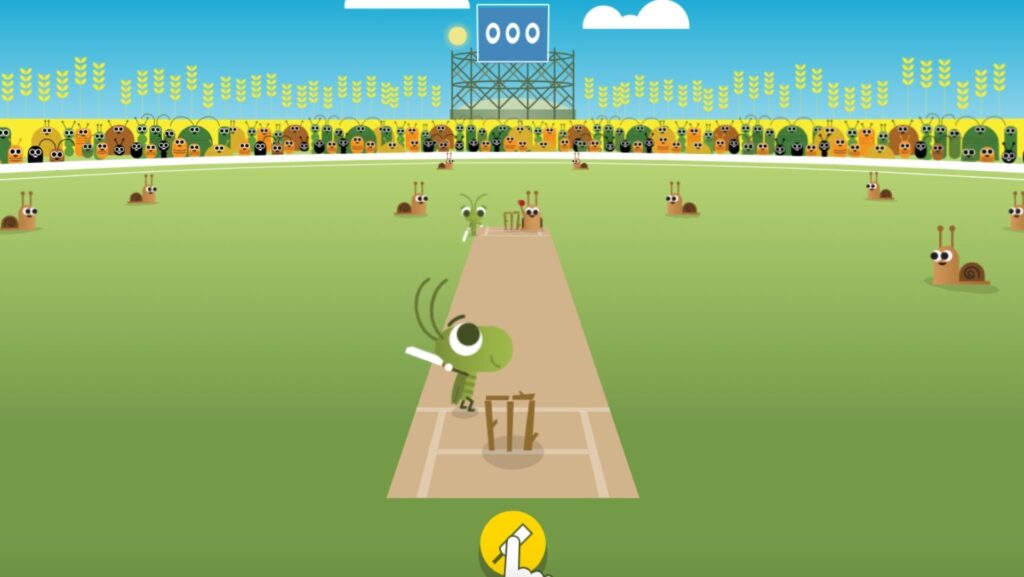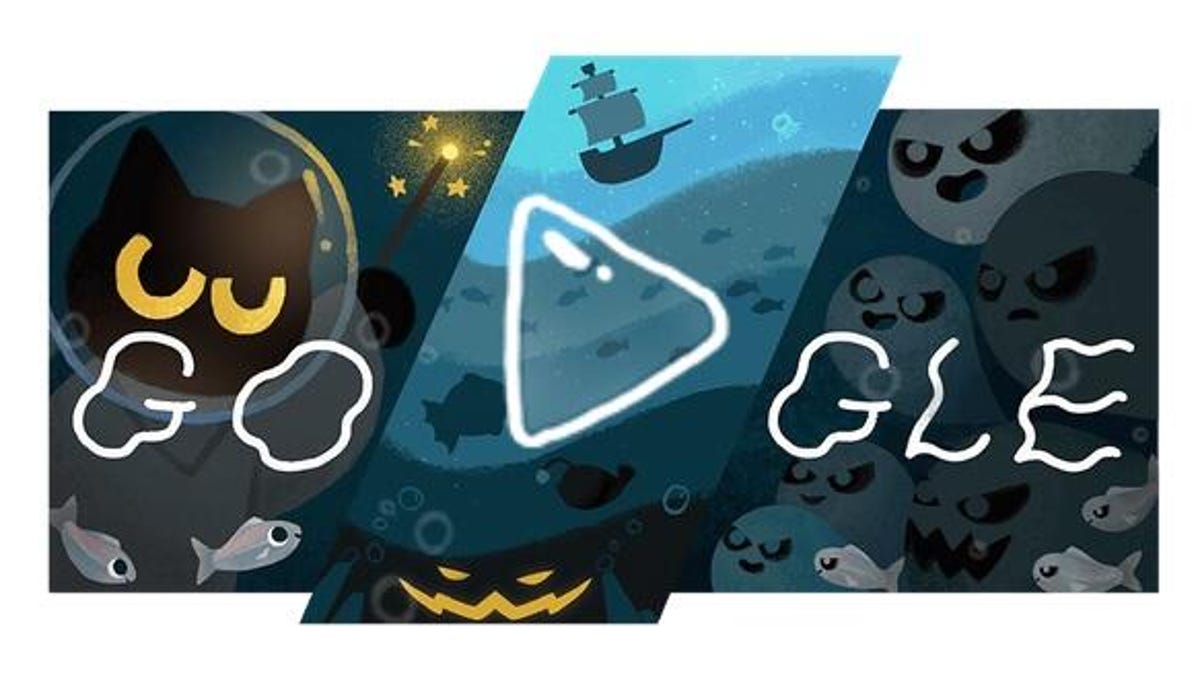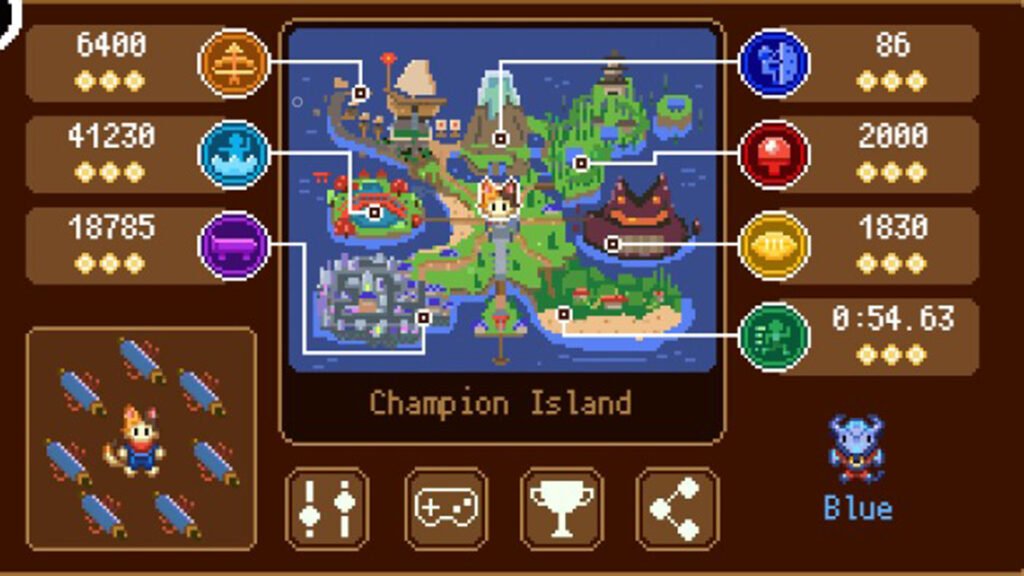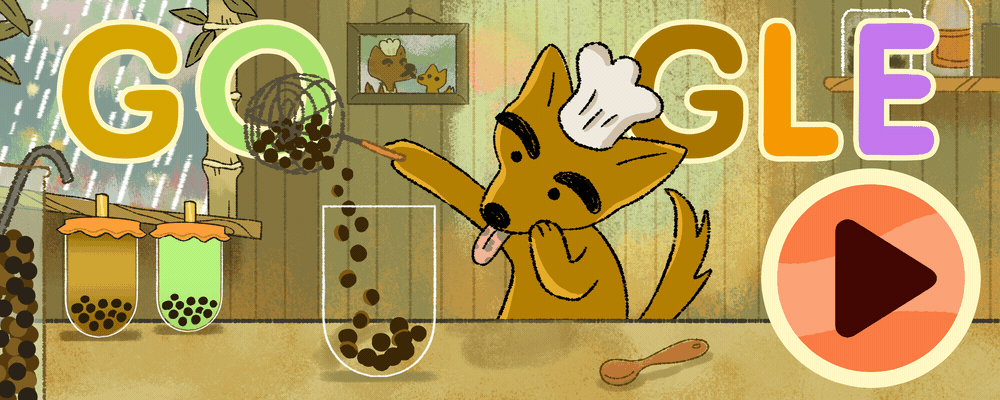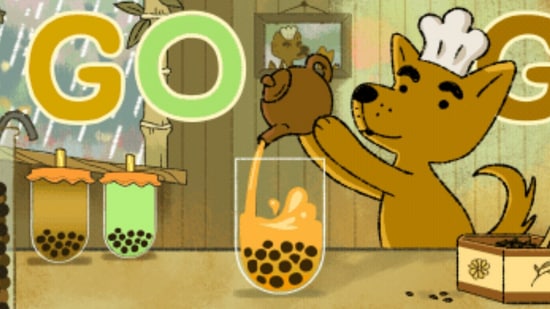When you visit Google on special occasions, what you often see is more than just a festive logo—what you might not realize is that many of these logos hide full games beneath them. These are part of Google’s Doodle programme: interactive, playful, often educational experiences embedded directly into the search‐engine homepage.
Over the years, many Doodle games have become beloved, widely played, and even cultural moments in their own right. In this article we’ll explore the origin of Google Doodle games, highlight some of the most popular and memorable ones, examine why they work so well, and consider their impact.
What Are Google Doodles & How Did Games Become Part of It?
The Origin of Google Doodles
The concept of the “Google Doodle” originally started as a simple marker: the two founders of Google, Larry Page and Sergey Brin, used a modified logo in August 1998 to indicate they would be attending the Burning Man festival. Google Doodles+1
Over time, the Doodle program expanded into cultural, educational and fun tributes: historical figures, scientific milestones, holidays and more. Google Doodles+1
Transition to Interactive & Game Doodles
While early Doodles were static or just animated, the big shift came when Google began embedding playable games. The first fully playable Doodle game was the iconic Pac‑Man Doodle for the 30th anniversary of Pac-Man, released on May 21, 2010. Wikipedia+1
From that point onward, more Doodles were built not just as illustrations but as engaging interactive experiences — covering puzzles, sports, coding, and more. The appeal is clear: when millions of users open Google, they are offered a quick game alongside search.
Why These Games Matter
-
Massive reach: Because the game lives on the Google homepage, it can reach hundreds of millions of people.
-
Educational/awareness value: Many game Doodles commemorate historical, cultural or scientific events, thus offering both entertainment and learning.
-
Brand & culture impact: They help Google stay playful, culturally relevant and technologically innovative.
-
Longevity & archiving: Many of these games remain playable via Google’s Doodle archive, letting new users continue to enjoy them long after their original launch. Google Doodles
Notable Popular Google Doodle Games
Here are several standout Doodle games that have captured attention — each for different reasons.
1. Pac-Man Doodle (2010)
-
Released: May 21, 2010 to mark the 30th anniversary of the original Pac-Man game. Wikipedia+1
-
Gameplay nearly identical to the arcade original, with the maze shaped like the Google logo.
-
The game became immensely popular: one report from Guinness World Records noted 500 million + hours of gameplay by users. Wikipedia
-
Why it stands out: It fused nostalgia (classic arcade) with the Google homepage reach—making it a viral phenomenon.
2. Magic Cat Academy Series (2016 / 2020 / 2024)
-
First released: Halloween 2016 “Magic Cat Academy” where you play a black cat named Momo in a spooky school fighting ghosts. Wikipedia+1
-
Follow-ups: 2020 version (underwater setting) and 2024 version (in atmosphere) continuing the theme. Wikipedia
-
Why it matters: Great example of how Google uses season/holiday themes, appealing visuals, and accessible gameplay across desktop/mobile.
3. Doodle Champion Island Games (2021)
-
Released for the 2020 Summer Olympics (though dated 2021) — a role-playing style game where you roam an island, complete mini-games in sports like table tennis, skateboarding, archery, etc. Wikipedia
-
Character: Lucky, a calico cat, is the protagonist. The island is styled like a retro 16-bit game with Japanese folklore inspiration.
-
Why it stands out: It combines exploration, story, multiple mini-games, and deep artwork. Not just a quick puzzle but full-fledged game experience.
4. Bubble Tea Game (2023)
-
Released: January 29, 2023 to celebrate the third anniversary of boba becoming an emoji in Unicode. Mental Floss
-
Gameplay: You play a Formosan mountain dog running a bubble tea shop; you pour ingredients to the correct levels.
-
Why it’s interesting: It’s simple, cute, and culturally themed—highlighting a beverage trend while being fun and interface easy to grasp.
5. Coding for Carrots (2017)
-
Released: December 4, 2017 to celebrate 50 years of kids’ programming languages. TIME+1
-
Gameplay: Use block-based coding to guide a rabbit through a maze collecting carrots — an introduction to computational thinking.
-
Why it stands out: It’s educational, designed specifically with kids in mind, and links gameplay to coding/concepts rather than just fun.
Patterns & Features of Successful Doodle Games
From the examples above, we can draw common traits that make a Google Doodle game successful:
-
Ease of access: Accessible from browser, no installation required; many playable on both desktop and mobile.
-
Short & engaging gameplay: Often designed for quick sessions, but with enough depth to stay memorable.
-
Cultural/contextual relevance: Games tied to anniversaries, holidays, cultural phenomena, or educational themes.
-
Strong art/visual style: Many games use custom artwork, interesting characters, and sometimes refer to local culture or storytelling.
-
Replayability or shareability: The viral nature often depends on people sharing scores/screenshots, bringing others into it.
-
Educational or awareness element: Several games incorporate learning (coding, culture, history), making the Doodle more than a diversion.
Impact and Legacy
-
These games have contributed to Google’s brand as playful and innovative.
-
They emphasized that web experiences can go beyond static pages—games embedded right in the browser for millions of users.
-
Many of the games remain available in Google’s Doodle archive, allowing new users to discover them long after their original release. Google Doodles+1
-
Some of the games also highlight broader educational or cultural themes—helping raise awareness or teach skills in a fun way.
What’s Next?
The evolution of Doodle games hints at further possibilities:
-
More complex game experiences (larger scope, longer gameplay, deeper stories) as seen with Champion Island.
-
Integration of mobile touch interfaces, possibly even localised content for different regions.
-
More educational integrations or collaborations (e.g., with STEM, history, local culture) to use games for more than fun.
-
Use of advanced web technologies (WebGL, advanced input) making the games increasingly rich in experience.
-
Perhaps seasonal or recurring games with evolving mechanics.
Tips for Playing / Finding Doodle Games
-
To find playable Doodle games, use Google’s official Doodle archive: doodles.google.com – search by year, theme or game. Google Doodles
-
Many games work best on desktop with keyboard controls, but most also support mobile/touch.
-
For older games no longer featured, the archive may still allow access.
-
Share-friendly: After playing, capture your high score or screenshot to compare with friends.
-
Explore the theme: Many games link to cultural or historical resources—use them as a springboard to learn more.
Conclusion
Google Doodle games are more than just a fun way to kill a few minutes—they reflect innovation in web interaction, thoughtfully combine culture/education/entertainment, and reach a worldwide audience in a unique way. From the classic Pac-Man tribute to educational coding games, to full-blown mini-RPGs like Champion Island, the Doodle game collection shows how a search engine logo can morph into a memorable experience.
Next time you see a special Google logo, click it—you might just find yourself immersed in a game. And if you missed it when it first appeared, you now know how to dive into the archive and play it anyway.

